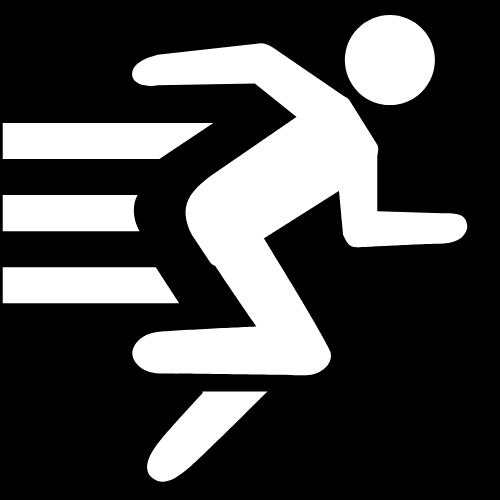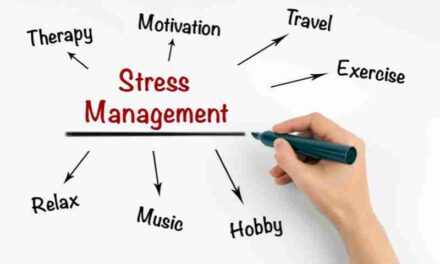While many experts agree that calorie restriction is considerably more essential than exercise alone for weight loss, they feel it is still vital if you want to shed body fat. Let us see what is the simple type of exercise for weight loss?
Exercises and burn calories in a period of one hour
- rope jumping – 1074 calories.
- Tabata training-900 calories.
- Running up stairs-819 calories.
- Vigorous rowing-810 calories.
- Elliptical trainer-720 calories.
- Rollerblading-683 calories.
- High-impact aerobics-664 calories.
- Running & jogging-555 calories.
- Water aerobics-501 calories.
- Weight training/lifting- 455 calories.
- Low impact aerobics-399 calories.
- Brisk walk-391 calories.
- Sex-292 calories.
- Walking-167 calories.
They underline that one of the most crucial components of any weight-loss program is eating the correct meals, which include lean meats, vegetables, fruit, and whole grains while avoiding or limiting processed foods high in sugar or trans fats.
If you are not reducing your carbohydrate intake, choose nutritious sources such as brown rice, quinoa, and fresh vegetables as a first choice side dish rather than nutrient-deficient vegetables such as lettuce or celery sticks.
While regular exercise is critical for weight reduction, someone with sedentary work or a lifestyle may find it difficult to achieve their objectives without adding one. They may choose to pursue personal training in this scenario.
Whenever you engage with a Personal Trainer, they will inspire you to exercise on the days that are the most difficult for you. A fitness expert can assist you in developing an exercise program that suits your schedule and is at the appropriate intensity level for your needs including aerobic sessions before or after weight training.
When choosing which activity to do in order to lose weight, various considerations must be considered. These include time constraints, sustainability, and lifespan. It’s precisely what the name implies: the rate at which you want to lose weight. Any point invested here will increase the pace at which you accomplish the desired outcomes but at the expense of the other two attributes.
Sustainability (S) refers to your capacity to sustain the weight you’ve dropped and the diet, cardio, and general exercise you’ve included in your routine; any point spent here ensures that you retain your results but at the expense of one or both of the other two traits.
Longevity (L) refers to your mind and body’s capacity to withstand the acts you took; if you stress too much, you may burn out, get wounded, and be unable to train. Any points spent here ensure that you will complete the task, but at the expense of one or both of the other two traits.
What might be perplexing is determining the amount of cardio you need, the intensity with which you should exercise, and the ideal cardio programs for your objectives and fitness level.
This might seem perplexing, but the end consequence is that you have a variety of alternatives and are not required to do the same routines at the same intensity every day.
Indeed, when you vary your routines, you get greater outcomes. Work at varying intensities and engage in a variety of activities to keep your mind and body occupied.
Additionally, if you are a novice, you do not need to work as hard to train initially. You may take the time to discover things that you love and gradually increase your endurance with a modest and easy exercise. The secret is to be aware of your choices.
How Cardio Can Assist You in Losing Weight
Losing weight happens when you generate a calorie deficit, consuming fewer calories than you consume. While some individuals choose to lose weight just by food, it is beneficial to combine cardio, strength training, and a low-calorie diet.
All of these are important, but cardio is a critical component because:
Increase your calorie burn rate:
To achieve your desired heart rate zone, your blood must be pounding, you must be breathing heavily, and you must be sweating. Once within this calorie-burning zone, your body begins to burn calories. The more effort you put in, the more calories you burn. For instance, a person weighing 150 pounds may burn up to 200 calories or more during a 30-minute walk in the heat.
You may simply improve calorie burn by adding. It’s simple to raise calorie incidence with cardiovascular activity by making tiny modifications in intensity: you run faster, jump higher, climb hills, or attempt new activities that your body isn’t accustomed to.
This results in an increase in your overall calorie deficit:
Activity burns calories, which means you don’t have to cut as many calories from your diet. That is unless you compensate for the activity by eating later in the day, as some individuals do.
Cardio may be done most days of the week:
Whenever you lift weights, your muscles need recovery time in order to get stronger. Cardio may be done on most days of the week without risk of injury or overtraining, depending on how your program is structured.
The Most Effective Cardio Exercise
You’re aware that cardio is important for weight reduction, but which workouts are the most effective and how much exercise do you actually need to lose weight?
The reality is that there is no such thing as an optimal cardiovascular workout. The ideal activity is one that you engage in on a consistent basis. Finding an activity that you like is crucial for weight reduction success. You should avoid doing anything that causes you distress.
Having said that, some workouts are more intense than others.
Activities that exert influence:
Exercises that include impact, such as walking, often raise your heart rate more quickly than activities that do not involve impact, such as swimming or riding.
High-Impact Measures:
Workouts with a high impact, such as sprinting and leaping, often burn more calories than exercises with a lower impact, such as strolling. You are not even required to complete the exercise entirely using high-impact routines. Simply choose a handful and use them in your existing routine to increase your calorie burn.
Total physical activity:
When it comes to upper and lower body exercises, such as cross-country skiing, increasing heart rate and burning more calories are often simpler. This may be accomplished via the use of mixed strength workouts. When done properly, it provides a significant cardiac advantage, even if you improve muscle and endurance.
This is not to say that you should disregard low-impact exercise. Both forms of exercise allow you to burn calories and provide a full workout.
Indeed, it is beneficial for your mind and body to have some variety in your exercises, with some being tough and others allowing for recovery while continuing exercising. Rest more intensively if you wish to spend the majority of your time outside of your comfort zone.
Interval training or working hard for a brief time followed by a rest phase will help you achieve this. This is an excellent strategy to increase your calorie burn while also strengthening your endurance.









